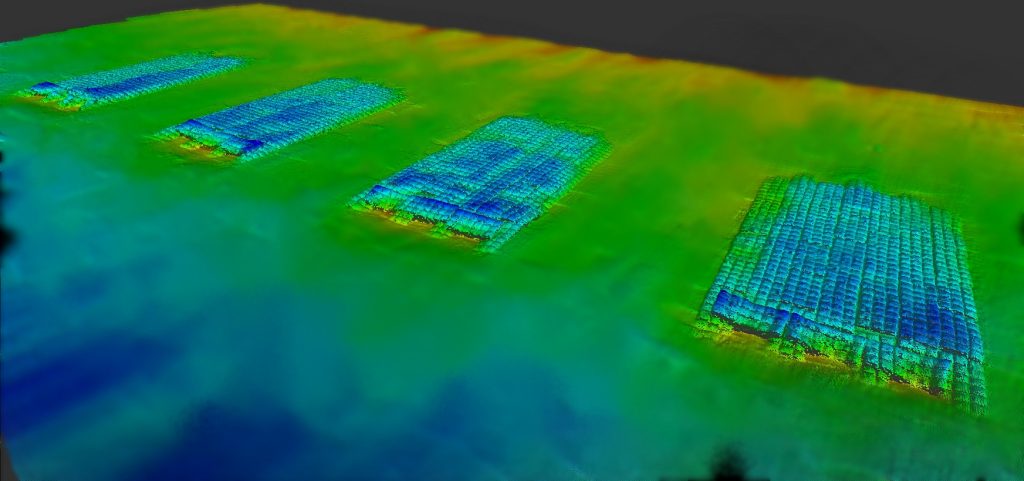When it comes to marine survey, across all industries, there is a clear paradox between the highly sophisticated and increasingly accurate instrumentation used to capture data and the means by which these assets are deployed and managed in the field. While sensor breakthroughs have introduced a new line of sonar and positioning equipment in modern times, the topside process of collecting data is an arduous and time-consuming task.
However, recent advances in unmanned systems are rewriting the hydrographic survey playbook. Today, a hydrographer’s toolkit—specialized instrumentation, such as multibeam echo sounders, side scan sonar, LiDAR, and RTK GPS—can be incorporated into autonomous platforms that are perfectly suited to running repetitive survey lines and standard sampling. These Autonomous Surface Vehicles (ASVs) are able to operate a suite of sensors that simultaneously measure the depth and size of a body of water, map its physical characteristics, and identify unique attributes or obstructions.
The deployment of these ASVs represents a revolutionary approach to executing routine marine surveys with unmatched efficiency. Our Autonomous Remote Survey Services, powered by a growing fleet of custom ASVs, allow M&E clients to directly benefit from this cutting-edge technology.
The Benefits of M&E’s Autonomous Remote Survey Services:
Cost-effective survey operations:
The deployment of ASVs reduces the need for additional topside support, e.g. a crewed survey boat, minimalizing operational overheads and saving vessel setup time.
Precision and accuracy:
The automation of monotonous survey operations removes the margin of human error and the stresses associated with manual control.
Safety in marine robotics:
ASVs remove personnel from potentially hazardous waters. This is particularly true when trying to navigate waters with restricted access, where traditional survey boats may be impeded. Able to get into places traditional survey vessels cannot.
Speed of data processing and interpretation:
Depending on the survey in question, data can be managed in real time from a shore-based command or a workboat. The preset survey plan allows hydrographers to focus on other important aspects of operations, like survey processing and QAQC, meaning clients receive validated results sooner.
Force multiplier:
Advances in autonomy mean that commanding multi-boat ASV operations in controlled environments is a means of surveying greater areas more efficiently.
Find out more about how M&E’s Autonomous Remote Survey Services can bring greater flexibility to your project, contact M&E today.
